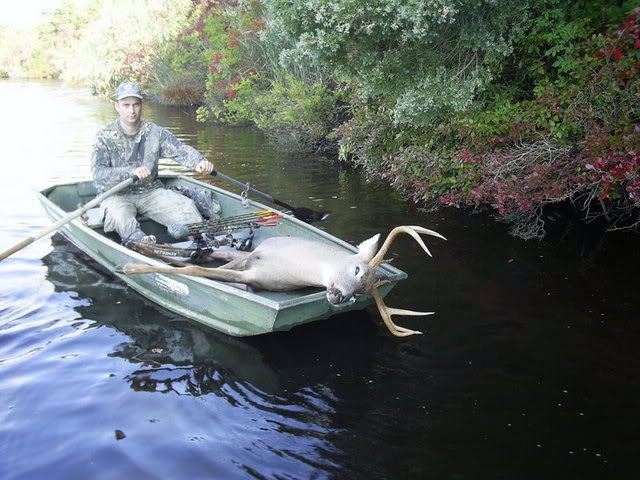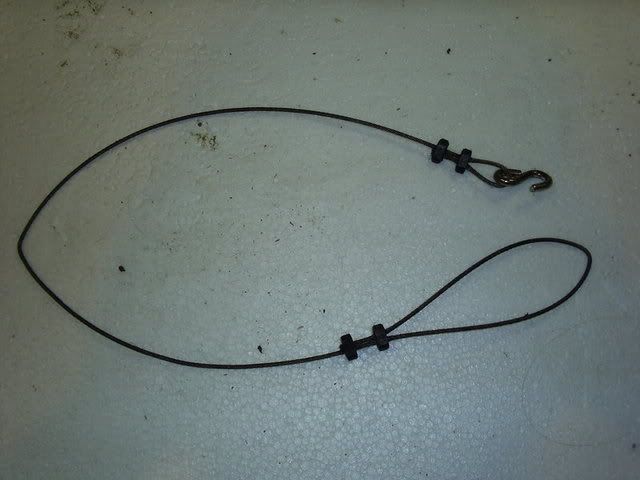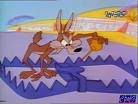A kill pole is a rerod piece that is driven into the ground alongside the trail. Most of my kill poles for coon are around four feet long, and you should use 1/2 or 5/8 rerod for coon. 3/8 is just to thin for anything in my book. 1/2 inch will bend if you catch a coyote.
I beleive Ron Hansen from Iowa originated the kill pole, and may variations exist as far as how to hook your snare to it, but the concept is basically the same.
Here is one that has everything wrapped on it, rather than welded. This is some real hard rerod, and I just flat out can't any welds to stick to it for long, without breaking of when hammering on the rod. This system works, but a solid weld is superior. I iwll try to remember to snap a photo of a welded one tomorrow to put on here for you.

The pole is driven beside the trail and a foot or two of it left above ground. It blends in with the weeds most of the time, and I have snared coon on open trails with them with no problems. The pole gives the coon something to entangle on, holds the snare where I want it far more solid than a support wire driven into the dirt or coming off of a T stake.
You can see on top of the pole where the snare is attached. It can be a loop or in my case it is a rectangle or square. That is the anchor point for your snare. The support wire also comes off the pole and should anchor solid to the pole.
Welding is better, but if you try wrapping them like I have on here, check it after each catch. Sometimes the wrapped anchor wire starts to loosen up from the animal fighting, and you should tighten it with pliers if that happens. Also if you try wrapping with wire, cut off sharp ends and flatten down ends that stick out so they won't hang up on the fur and cause damage.
Keep in mind, even though I am posting this photo, I prefer welding on my anchor point and support wire. The acnhor point set up like this will hold everything, and will not come off. However the support wire loosens after a catch, and I prefer a thicker guage support wire, but to wrap as tight as I like to was forced to use thinner wire and twist it together.
#9 wire welded on is best.



 sometimes i put the wammy next to the lock. my supports are 2' long precut and dyed.
sometimes i put the wammy next to the lock. my supports are 2' long precut and dyed.  this is what that snare caught. for coon i'm 6" loop 6" high. depending on lock style, i'm at 1 'o clock-12:30
this is what that snare caught. for coon i'm 6" loop 6" high. depending on lock style, i'm at 1 'o clock-12:30  this is what i like to see in my snares. i use a 5' snare with a 4-8' extention. loop to loop on the extention, loop the swivel and chock a tree for the anchor. here is a extention that s-hooks to the swivel.
this is what i like to see in my snares. i use a 5' snare with a 4-8' extention. loop to loop on the extention, loop the swivel and chock a tree for the anchor. here is a extention that s-hooks to the swivel. 


